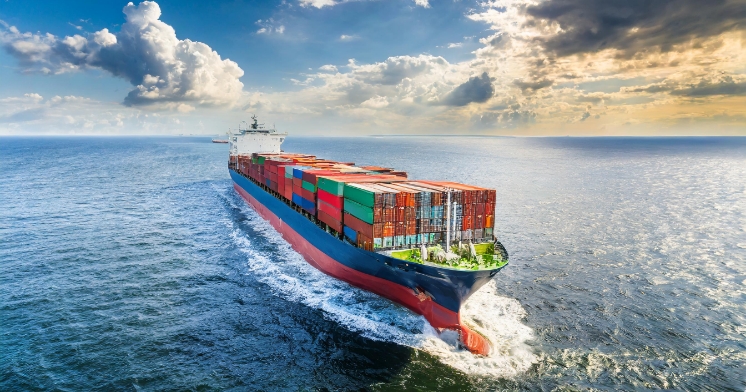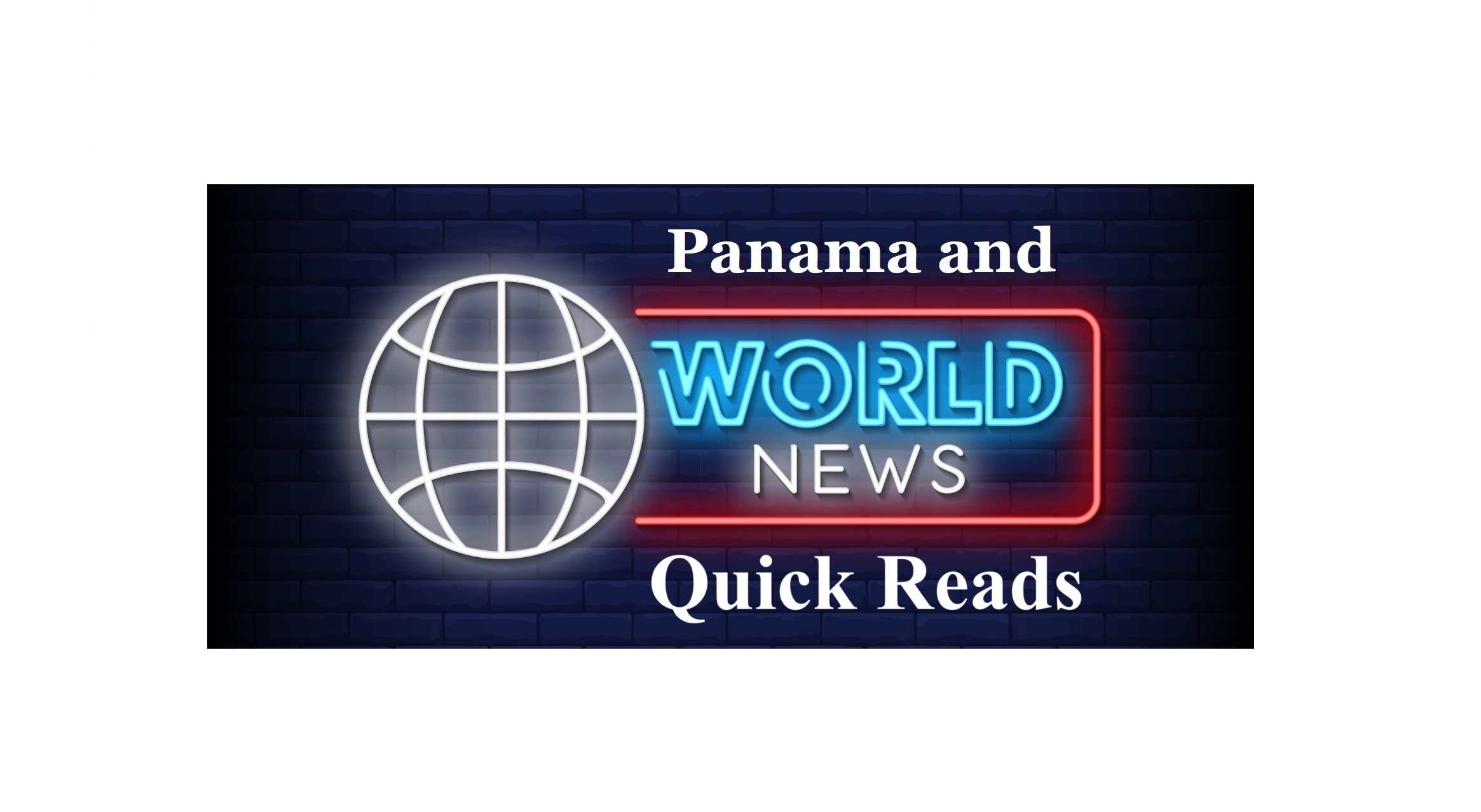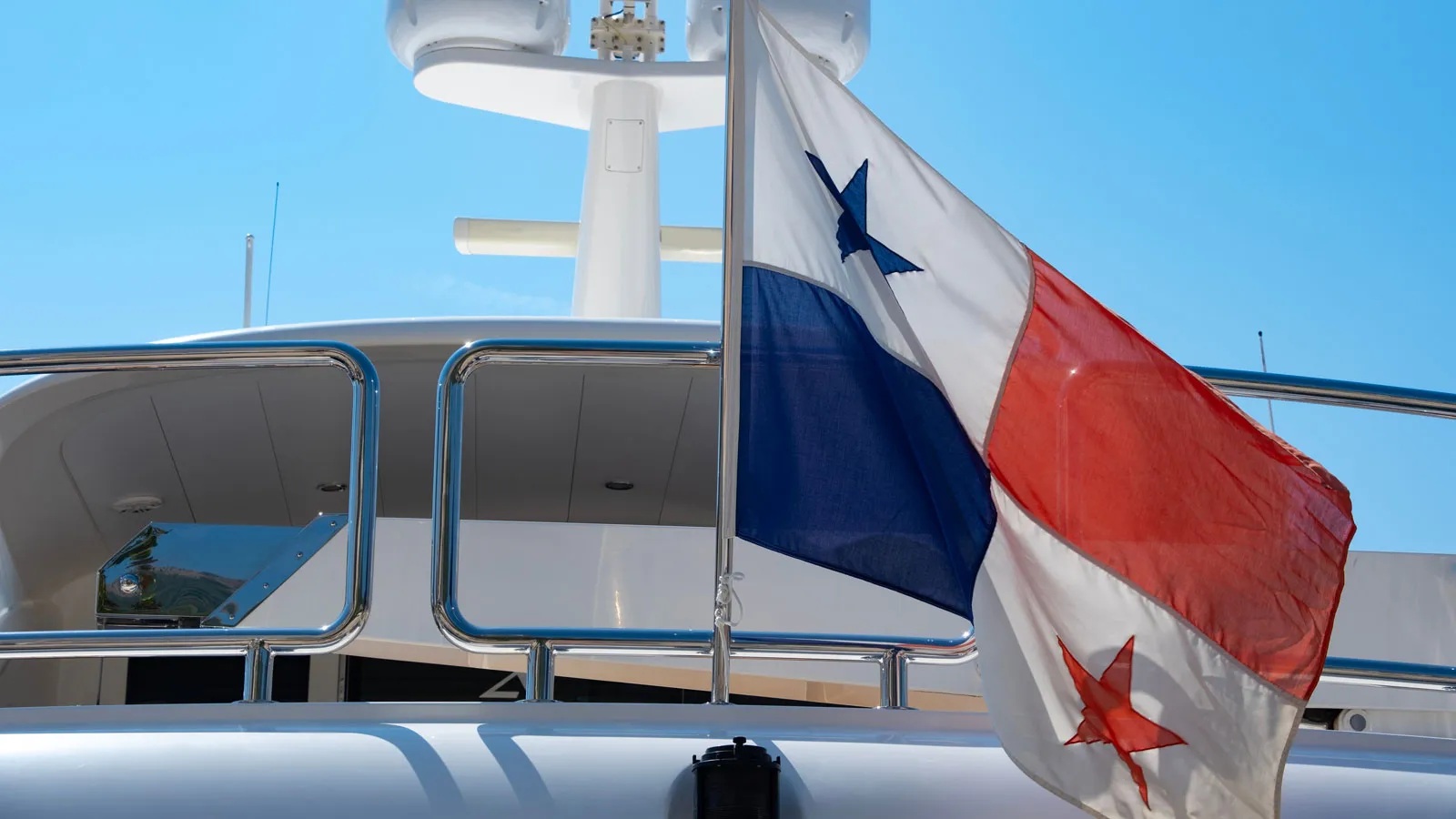U.S. Consumers May Feel a Pinch From the Panama Canal Tariff Hike

Another tariff hike could soon impact global trade and U.S. consumers. Panama is slated to impose new tariffs this month for crossing ships seeking passage through the Panama Canal. Over 70% of traffic in the critical waterway comes from U.S. naval and merchant ships each year. The canal’s tariff modifications come after an extreme drought substantially reduced water levels and limited the channel’s capacity for crossing ships. Due to the resulting revenue loss, authorities hiked the fees per vessel. Separately, President-elect Donald Trump has proposed and continues to defend his plans to impose tariffs on all foreign goods entering the U.S., a campaign vow that economists warn would raise prices for U.S. consumers even further. Trump has also recently expressed a desire to take control of the Panama Canal, claiming the waterway’s control represents a strategic loss for American interests. Here’s what you need to know about the Panama Canal’s upcoming fee hikes and what they mean for you as a consumer.
Who operates the Panama Canal?
The Panama Canal is operated by the Panama Canal Authority (ACP), a Panama government agency that has been responsible for the canal’s management for the last 25 years. As mentioned, Panama is implementing a series of tariff modifications this year to relieve congestion at the canal following its severe drought.
- At one point, Panama authorities said ship crossings were cut by 36% due to low water levels.
- The Associated Press reported that this cost Panama between $500 million and $700 million in 2024.
- The disruption caused a major problem for global trade: traffic jams.
- This led to delays, higher shipping costs, inflationary pressure on goods, and overall growing uncertainty about the reliability of the Panama Canal’s transit system. Why is this, a big deal?
- The canal serves more than 144 maritime routes and connects 160 countries, reaching as many as 1,700 ports in the world. That’s not all: more than 70% of cargo ships crossing the 80-kilometer route are going or coming from the United States.
- The updated fees, meant to ease congestion, will impact every nation using the Canal, not just the U.S.
- Some fees will impact transit reservations, for instance:
- A regular vessel will have to pay $12,000 starting January 1 to reserve the right of passage through the canal.
- Previously, the tariff was $10,500. Super vessels and large container ships will also face transit hikes.
Shippers will be charged 1% of the reservation tariff if they swap slots within 14 days or less. Additionally, any ship that arrives at the canal and needs a last-minute reservation will face even higher penalties. A regular vessel will face a $25,000 tariff; more than double the normal rate. Those are just a few of the changes that will be in effect for all ships crossing the canal starting this year, according to the Panama Canal Authority.
Could Panama Canal Tariffs Spike U.S. Consumer Costs?
Panama’s tariff modifications will increase the shipping costs for U.S. merchant ships, which will impact American businesses and, as a result, may cost U.S. consumers more. Businesses generally pass along tariff costs to their consumers by inflating prices. That’s mainly because tariffs may reduce business profits, so they must recoup those costs. At the same time, Trump has remained firm in his pledge to increase tariffs on all imports entering the United States. The president-elect’s most prominent proposal aims to impose a universal 20% tariff and a 100% rate on Chinese imports. Economists warn the across-the-board tariffs would drive shopping prices higher in 2025. Everyday items like clothes, toys, furniture, or other household appliances would all see steeper prices, shrinking your spending power. Some U.S. states would also be hit harder by tariffs than others, as their economies rely more on imports.
Tariffs bottom line: What’s next for U.S. Consumers
Tariffs will be a prominent topic in 2025 as the U.S. president-elect plans to impose steep taxes on all imported goods. As mentioned, experts say that businesses usually pass along some of the costs of tariffs to consumers by hiking the price of goods. While Panama’s new tariffs on goods crossing its waterway are global, they may impact the price of some goods as businesses adjust to higher fees.
Separately, Panama is one of three countries without an inheritance tax, making it one of the top retiree-friendly countries in the world. Additionally, as reported by economists, many Americans see tax benefits of retiring in Panama including a lower cost of living, lower property taxes, and tax breaks. For now, stay tuned on how tariffs may come to impact your wallet in 2025.





